Making Local Communities Stronger
Local Empowerment
Lifeshelter© solutions are designed to be produced locally. Only the raw stone wool panels that make up the basic structure of our shelters are imported. All other materials and processing input are sourced locally.
Local production helps strengthening the communities, creating jobs, increasing skills, and adding to the economic growth.

Scaleable capacity
The core material in our structures is supplied by Rockwool©, who is a world-wide supplier of stone wool panels. Therefore, our capacity is equivalent to having a close to unlimited stock. The bottleneck lies at the actual pace of construction, which is mitigated by our professional training program and education of local staffs.
Fast Deployment with low risk
From the market we have learned that in some regions a 12-month lead time for a construction is not uncommon. Lifeshelter© deploys within 8 weeks from order, and due to the ease of construction the individual construction time is held at 1 day for LS4 and about 1 week for the larger shelter.
For rapid responses we have a one week lead time on our training component
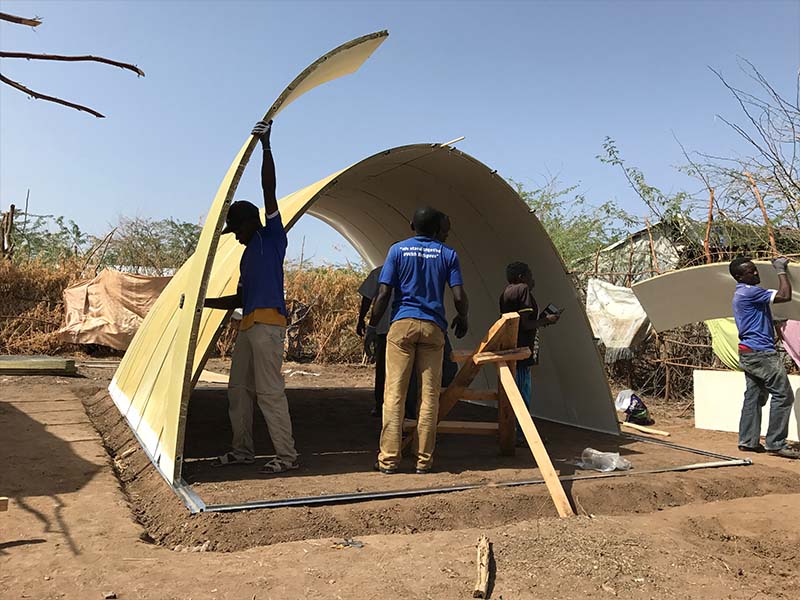
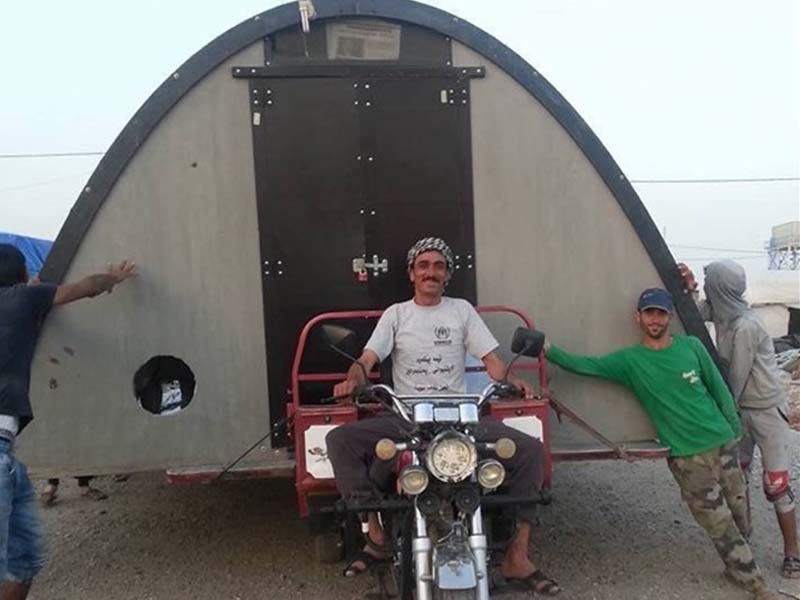
Durable semi-permanent
The patented Lifeshelter© structure delivers a light but sturdy structure that can last for more than 15 years. It has been stress tested for earthquake and hurricane resistance and degration, and performs excellent in all aspects.
In both the Middle East and Africa we have had structures that have given home to people since 2014.
Cost effective
Lifeshelter simply delivers more for less.
Our solution is cost effective and gives room for better long term planning
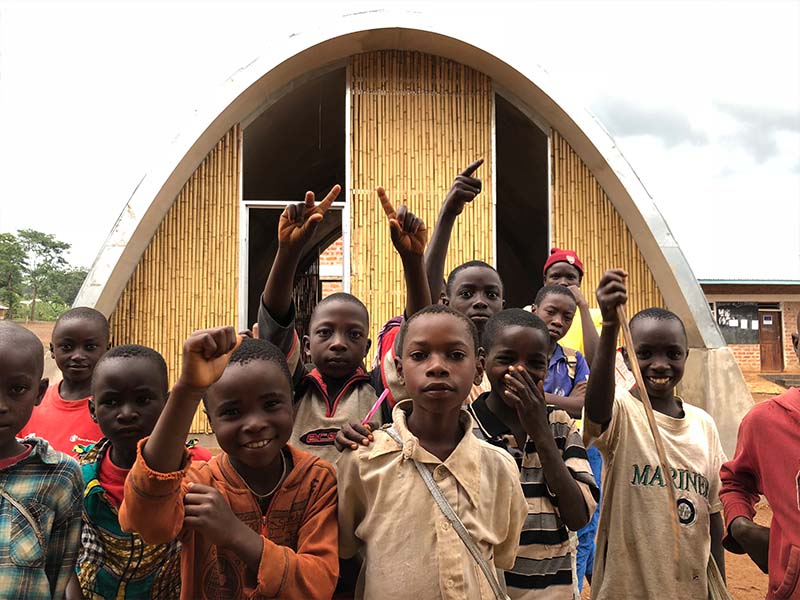
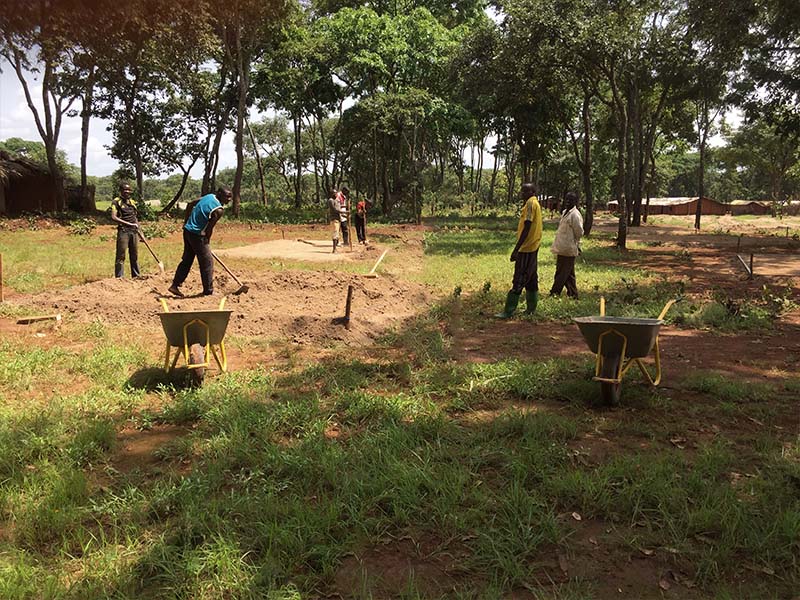
Low environmental impact
We use no plastic. We use no trees. All materials are reusable.
Compared to tents, current shelter standards, mud brick houses or permanent brick structures, Lifeshelter uses far fewer natural resources.
This is currently being tested both in field and in controlled settings, and we welcome a fruitful and continuous discussion on the matter.
"I call on getting local production of shelters in Tanzania as soon as possible. The country currently houses 300,000 refugees from Burundi, and the president has said 'NO' to the purchase of more normal tents in the camps."
H.S. Yahia Simba
H.S. Simba, Head of Department, Tanzania Ministry of Home Affairs

Our World, Our Responsibility
At Lifeshelter we are committed to developing and producing solutions that are sustainable for both the inhabitants of our shelters, the local societies, as well as for the environment.
In our efforts to advance the Sustainable Development Goals we support the Ten Principles of the UN Global Compact with respect to human rights, labour, environment, and anti-corruption.
Throughout our value chain we strive to combine bottom-line profits, sustainable environment practices, and positive societal impact.
- Safe and healthy indoor climate
- Improved physical and mental health
- Decreased need for medical assistance
- Safe and healthy learning environment
- Protection from hazardous weather conditions
- Large scale capacity
- Local production
- Increased employment rate
- Export opportunities
- User centric
- Continuous innovation
- Focus on cost-effectiveness
- Access to safe and affordable housing
- Building resilience through self-support
- Possibilities for upgrading to semi-permanent solutions
- Recyclable materials
- Reusing panels for insulating other structures
- Reduced cost in the long run
- Increased structure life span
- No use of scarce natural resources
- No deforestation
- Greatly reduced amounts of waste
- Engaged in partnerships with leading NGOs
- Socioeconomic enterprise with local job creation
"Many challenges exist (...) to create jobs and prosperity without straining land and resources (...) There needs to be a future (providing) opportunities for all."
UN Sustainable Development
Goal No. 11: Sustainable Cities and Communities
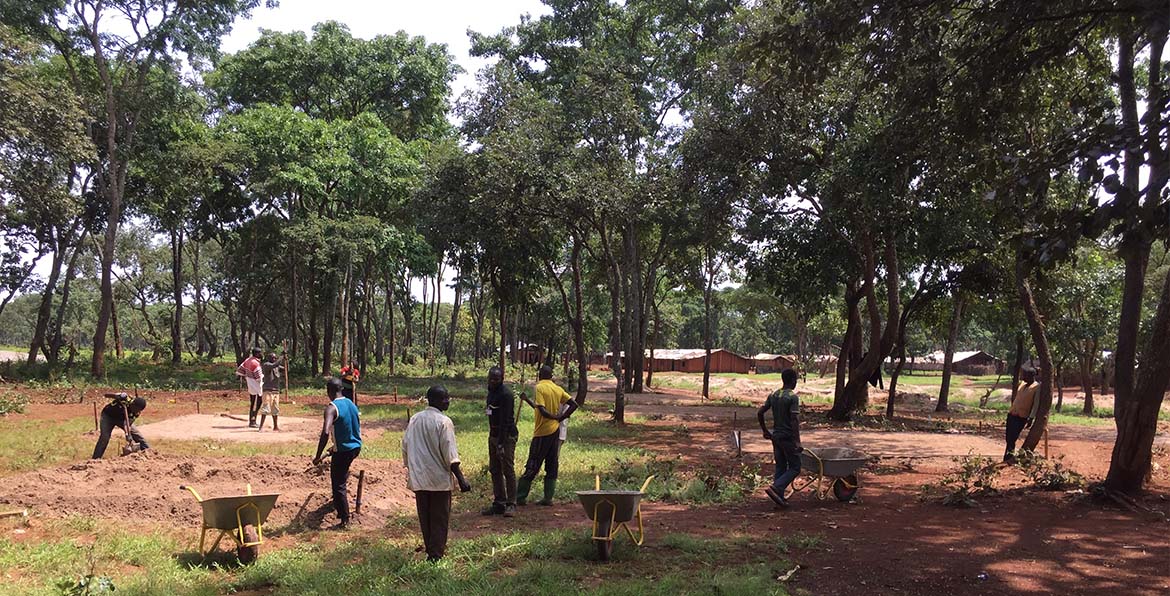
Questions?
If you have any questions, we are always happy to help.
